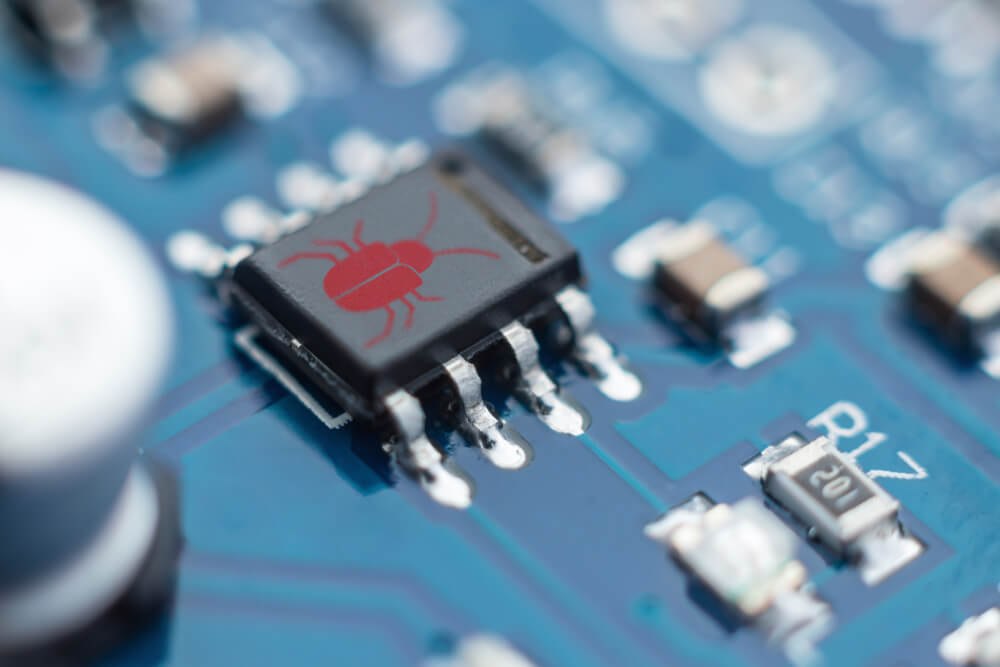The information acquired by Finbold shows that one in every five of the critical communications industry had encountered a cybersecurity incident in the last 12 months. Moreover, just 36% of them regularly test their cybersecurity systems, with 4.5% confirming that they have a full-time ethical hacker on staff.
The International Wireless Communications Expo (IWCE) surveyed at least 597 professionals working within the critical communication industry to benchmark today’s technologies. This survey also reviewed the technological challenges within the industry.
Interestingly, one in every five said that they do not have any form of cybersecurity systems set in place.
Through this survey, it was discovered that 61% of the participants had encountered malware attacks, while 56% have been phishing victims. 27% have dealt with ransomware, 22% have had data breaches, while 16% have had distributed denial of service.
10% reported that they have advanced threats. In such threats, unauthorized users access and spend a long time in their system or network without being detected.

Cyber attacks disrupt normal operations and services. They also have financial implications for repairing them. 38% cost less than $100K, 10% cost between $100K and $1,000,000 while 2% cost $1 million – $10 million.
Many firms are putting data protection and cybersecurity agreements in place with third-party vendors. They do that since attacks and their implications can come through third parties.
64% of the participants said that they have third party cybersecurity agreements with their vendors in place. On the other hand, 36% said that they do not have any cybersecurity in place for vendors.
Bring your device to work
44% of the critical communications reported using their devices for work. In that context, Stephanie McCall, show director for IWCE said:
“While cybersecurity incidents affect every industry around the world, an attack within the critical communications ecosystem, which includes police, fire and emergency services, has the potential to affect people’s lives. As hacks become more frequent and sophisticated, any organization working within the ecosystem must have the most sophisticated cybersecurity systems in place to avoid interruption of their crucial services.”
As the world shifts toward the smartphone era, many organizations now require or allow their staff to use their devices for work. But, this strategy comes with many security and privacy challenges since personal gadgets have personal and private company information.








